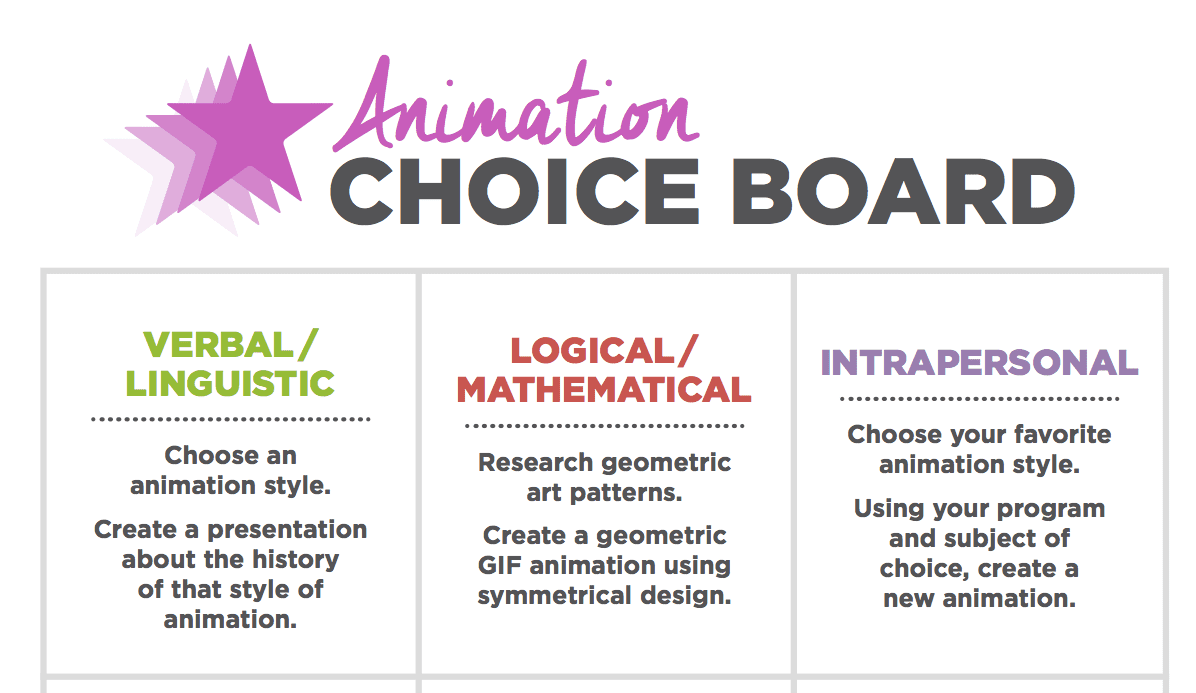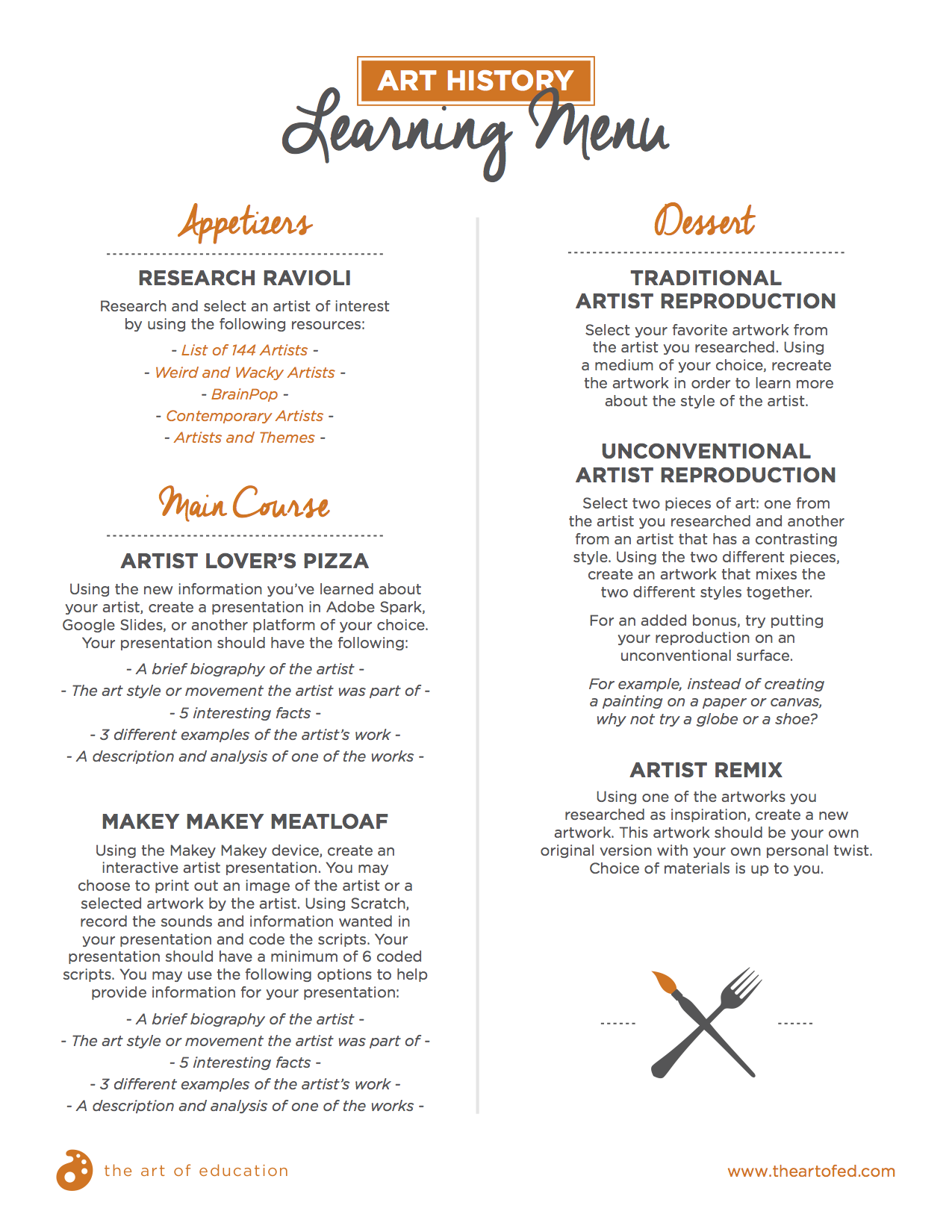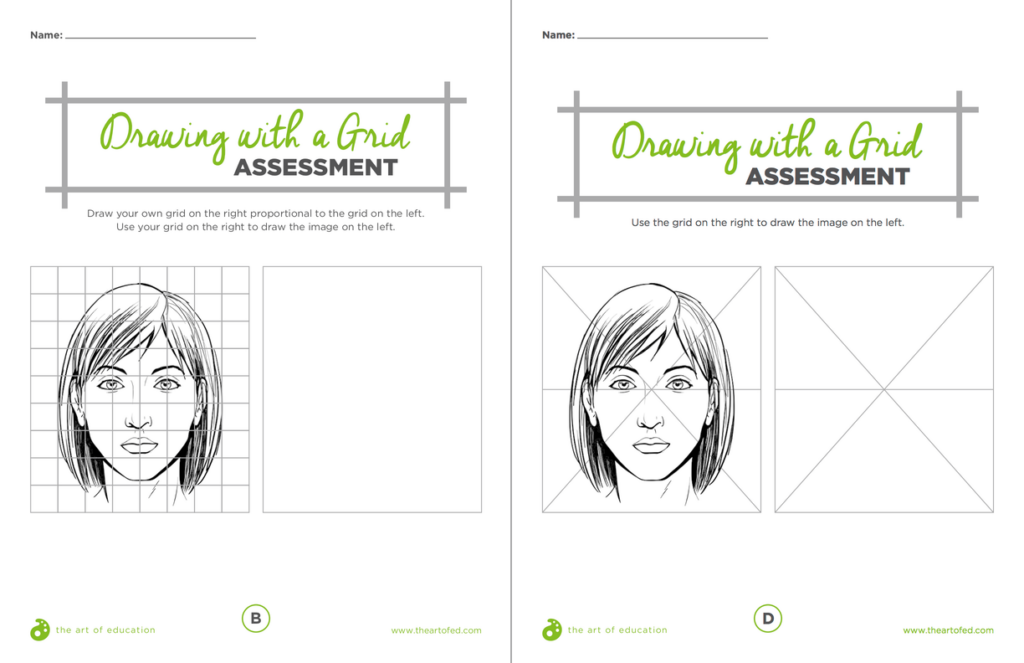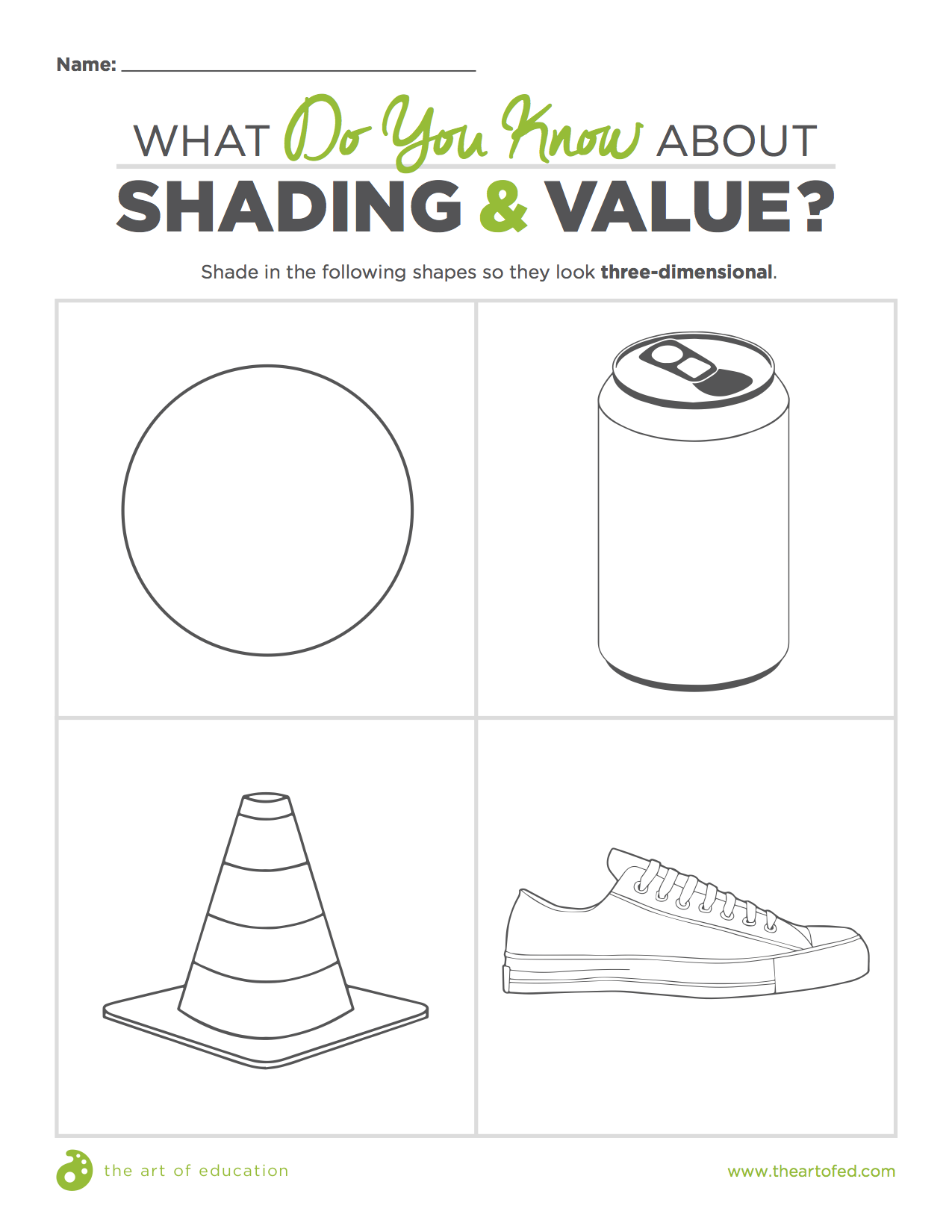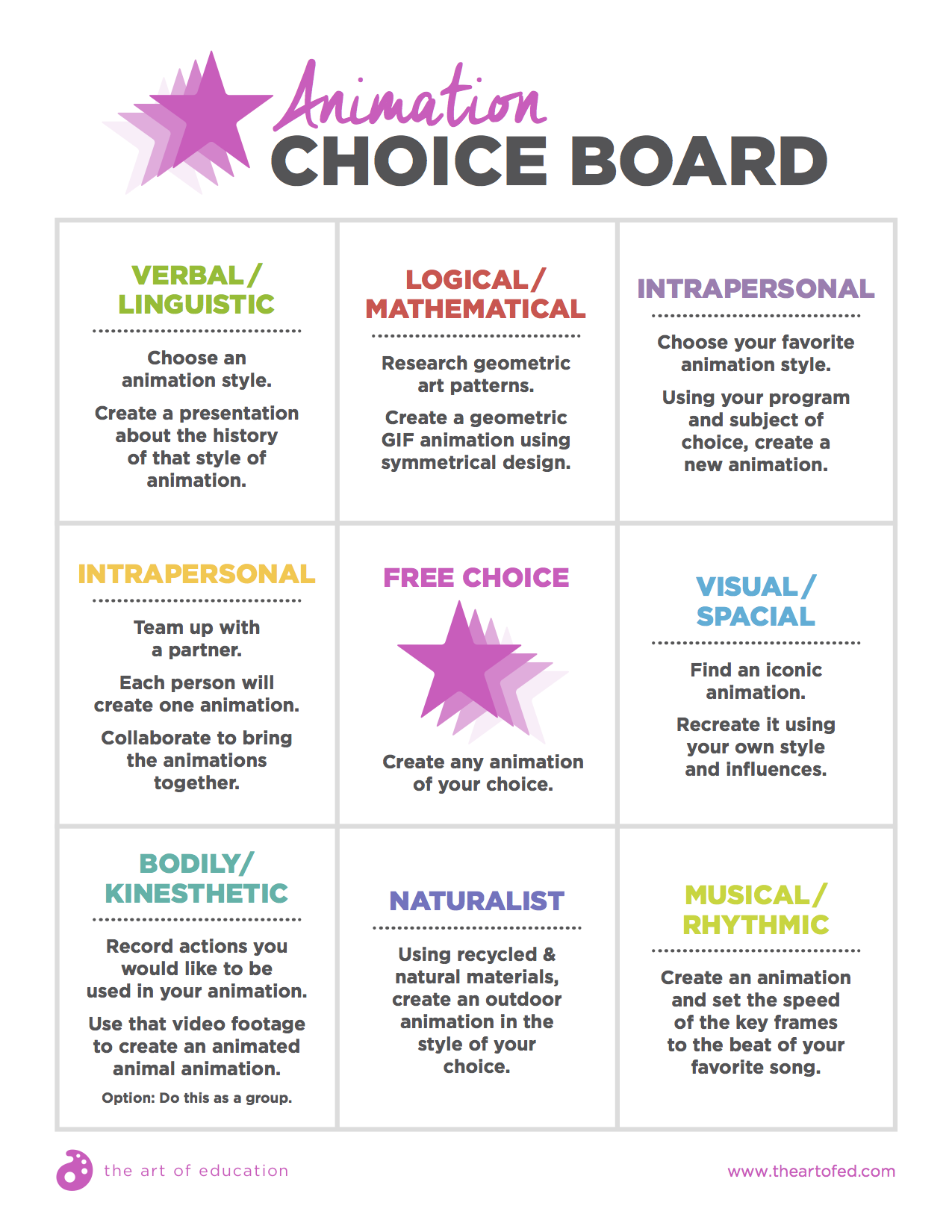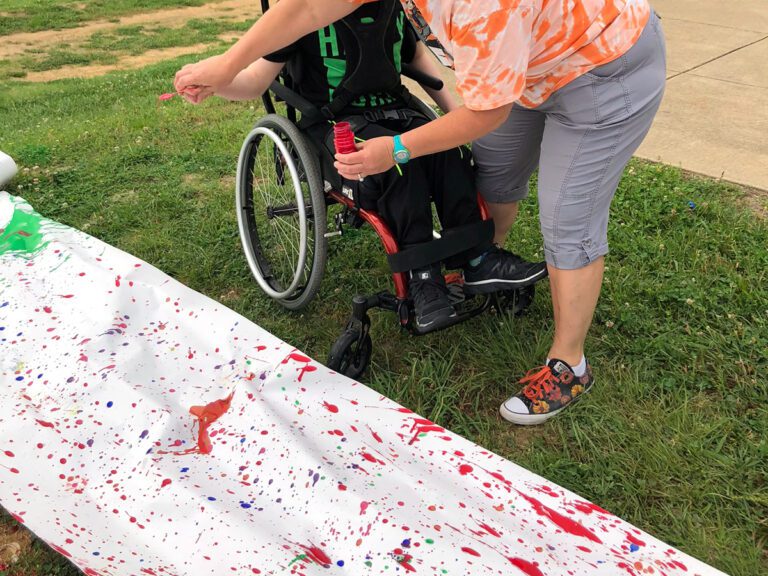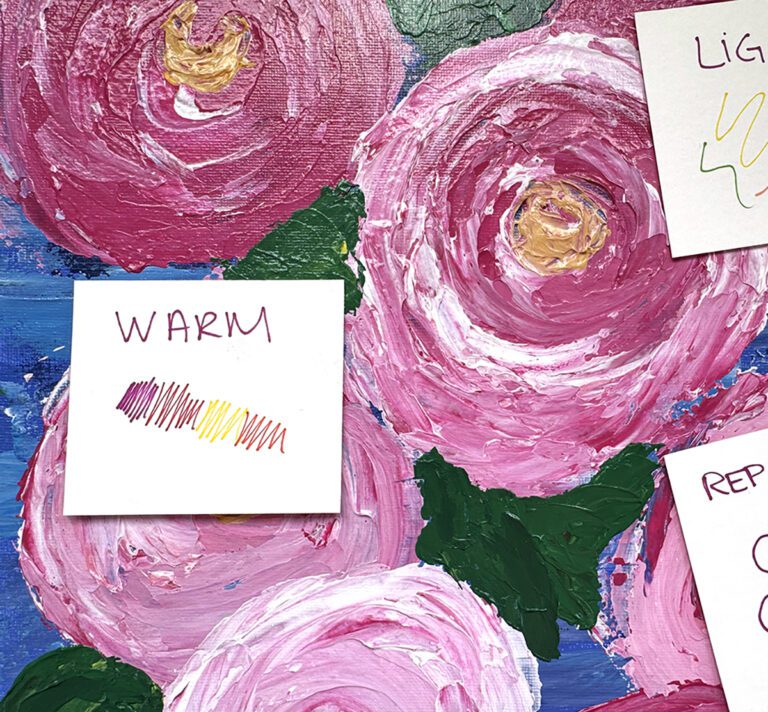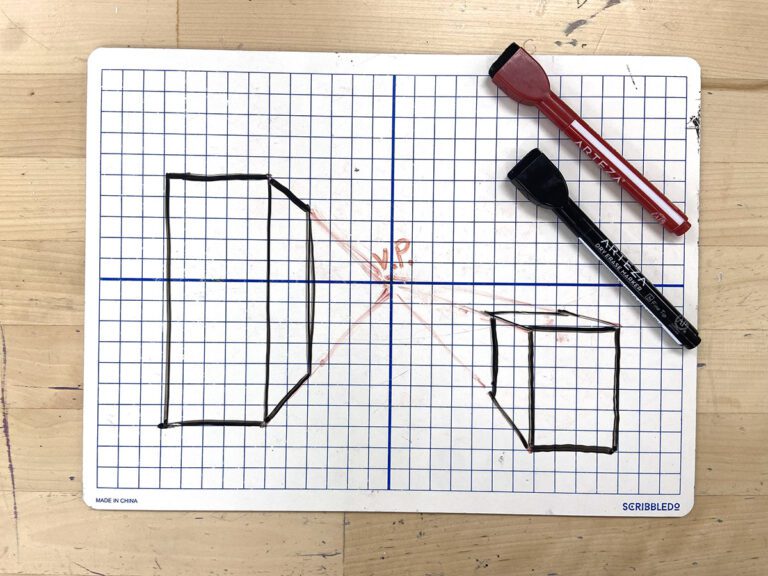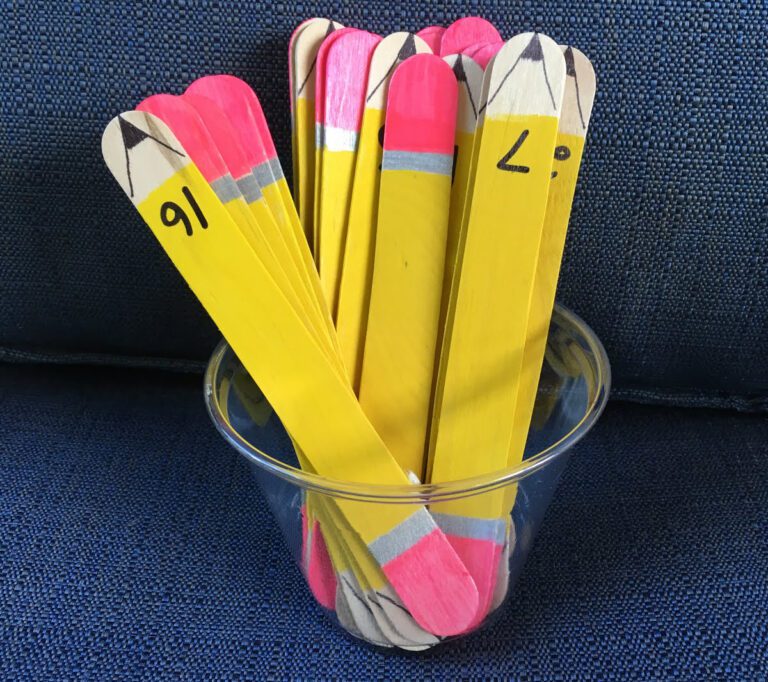It’s no secret our students have diverse needs and styles of learning. So, should we expect all our students to perform at the same level? Can you modify instruction for struggling students and extend instruction for advanced students at the same time?
The answer is yes if you use differentiated instruction. Differentiation is a powerful instructional strategy that can transform learning. But, what does differentiation really look like?
Here are 4 specific ways you can use differentiated instruction to meet the needs of all your students.
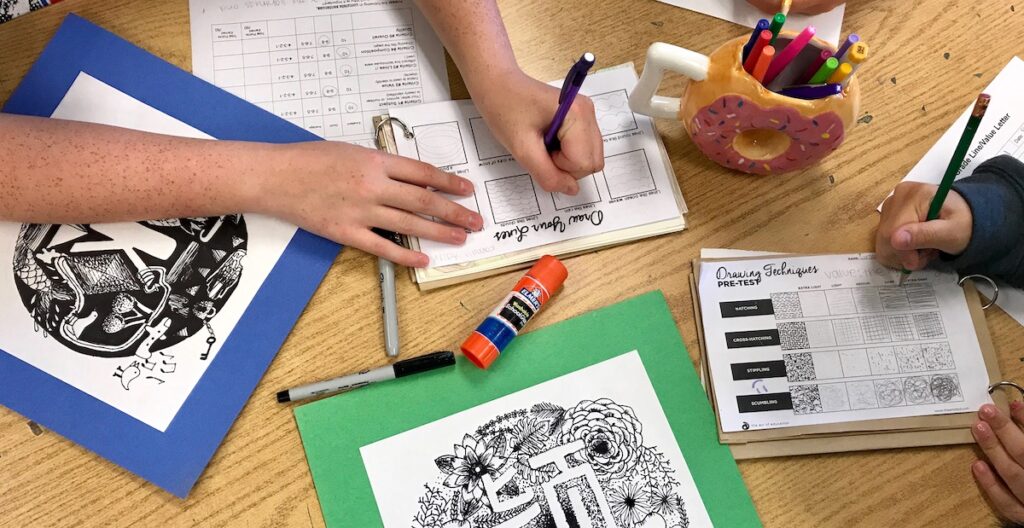
1. Differentiating for High Achievers
The focus of differentiation often skews toward struggling students in our classrooms. However, it’s important to remember gifted and talented students can also fall by the wayside if they are not being challenged. For example, have you ever had a “high flyer” disrupt the class out of boredom? If these students are not adequately challenged, major classroom management issues may ensue. But remember, this doesn’t mean simply giving students more work. They must be challenged in ways that interest them.
Using a tool like a learning menu allows students to engage in learning in a variety of ways. If a student is learning about an artist, is it necessary to only have the choice to create an artwork based on the artist? Or should a student be able to explore the artist through research instead? Providing options will allow students to choose a path that is both interesting and challenging. Download this art history learning menu to try with your students!
2. Differentiating Assessment
Summative assessments come at the end of a unit of study. In the art room, this often looks like a final project or lesson. At times, it seems difficult to adapt this type of assessment without changing the entire project. However, it’s worth exploring to set your students up for success!
The download below gives a concrete example of how you can modify grid drawing in a variety of ways. In each of the four examples, students are learning the same concept, but through different techniques that meet their skill levels. Download your copy below!
Are you looking for even more in-depth information about this topic? Check out the PRO Pack Exploring Differentiation in the Art Room where you’ll learn multiple strategies for differentiating content, products, and processes! You can find this Pack and more in PRO Learning.
3. Differentiating with Pre-Tests
Getting a new group of students in your classroom for the first time can be difficult because you don’t know what they already know. Using pretests will help you determine what you need to teach. For example, if your first unit is going to focus on creating realistic drawings using value and all of your students already know how to shade a sphere and cube correctly, is repeating this lesson going to teach them anything? Probably not. If you know this ahead of time, you have an opportunity to take a more advanced approach to teach your students something new.
Below, download an example of a pre-test that targets this skill. Think about other pretests you may be able to use in your classroom!
4. Differentiating through Choice
To genuinely create authentic and meaningful art experiences for your students, they need to have a voice in their learning. This can be done through choice. Using a tool like a choice board will allow students to tap into their interests while exploring a concept. The handout below shows an example of how to explore animation in a variety of ways while meeting the same learning goals.
If art teachers want to reach all students, differentiated instruction should be at the forefront of instruction. When looking at differentiating instruction ask yourself, “What is it my students really need to learn?” It’s okay for students to take multiple approaches to solve a singular problem. By teaching our students there are multiple solutions to one problem they will be able to learn in a way that fits their needs.
How do you differentiate instruction?
Do you find it easier to meet the needs of your lower or higher skilled students?
Magazine articles and podcasts are opinions of professional education contributors and do not necessarily represent the position of the Art of Education University (AOEU) or its academic offerings. Contributors use terms in the way they are most often talked about in the scope of their educational experiences.
